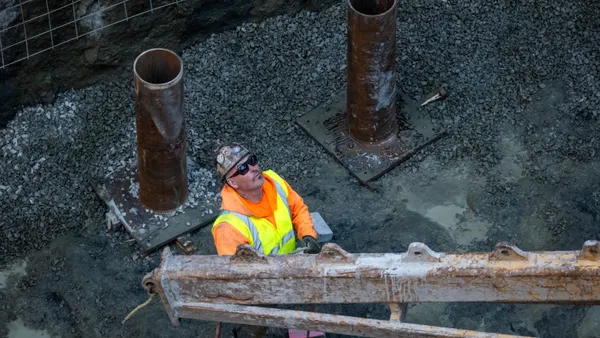Dive Brief:
- Rents, adjusted for inflation, are 64% more expensive today than in 1960, according to an Apartment List analysis of U.S. census data, The Wall Street Journal reported.
- Rent growth, adjusted for inflation, has outpaced the rise in income (18%) by more than 350%.
- Higher construction costs, regulations preventing the development of more supply and increased demand as more people move to the most expensive cities are all factors that have driven rents higher. A smaller middle class has also reduced the number of renters able to afford higher rents.
Dive Insight
While outsourcing and globalization have resulted in lower prices for many consumer goods, construction still must absorb U.S. wages and material costs. Therefore, there's little room for the cost of rental units to come down.
A Harvard University Joint Center for Housing Studies report released earlier this month found that the number of families spending more than one-third of their income on rent rose to 40 million in 2014 and that 11.4 million renter households had to pay more than 50% of their income in rent. The report also found the median rent for new units increased to $1,381 in 2015, 70% more expensive than overall median rent. The pricier rents, the report said, are effectively forcing some families out of the market.
Piling onto an already tenuous situation for renters, many developers have been focusing on luxury multifamily projects. So, although there was a 10% increase in multifamily starts in the last five years, many households can't afford the upscale price tag.
High rents are also keeping potential first-time homebuyers out of the housing market. As rents keep to their upward trajectory, it becomes more difficult for renters to save for a down payment on ever-increasing home prices. Combined with the fact that many renters are saddled with student debt, the trend creates a group that will continue to delay homeownership.












